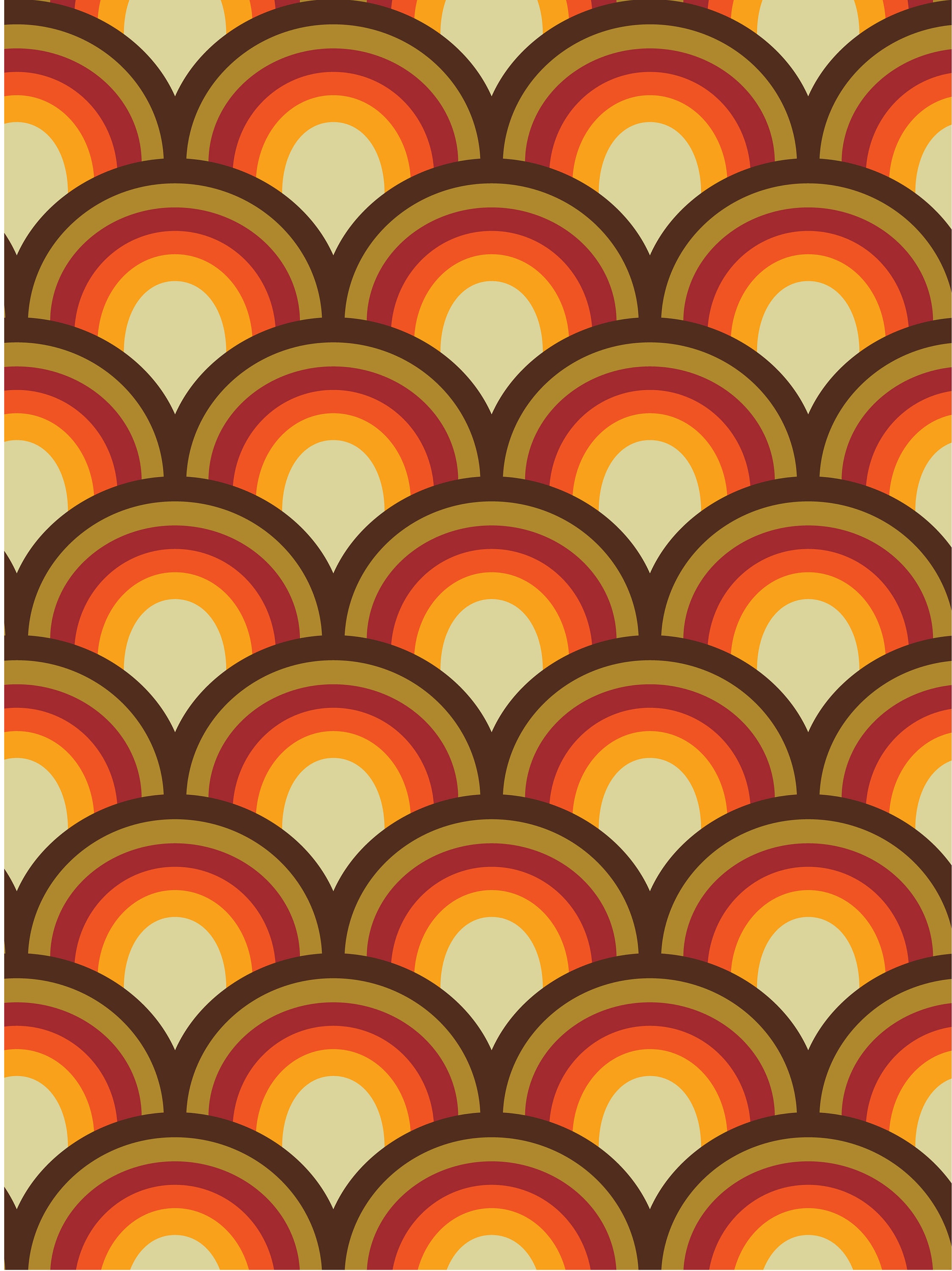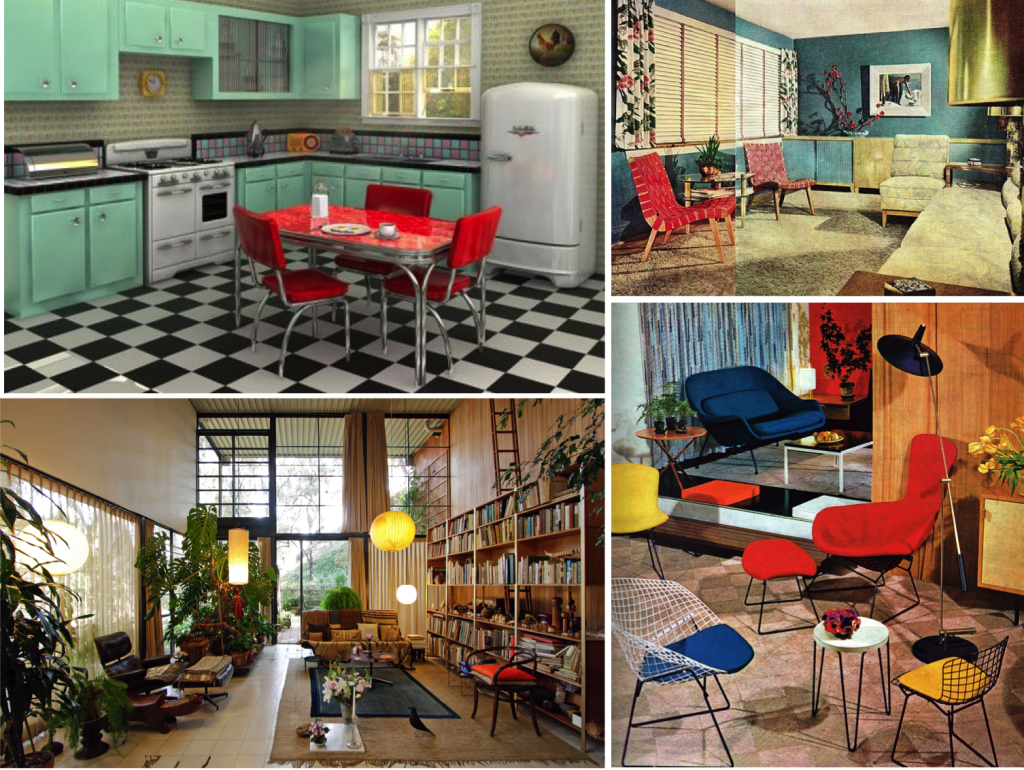Table Of Content

High-speed internet connectivity is a common inclusion, along with automated lighting controls for effortless customization. An era that brought us hair metal, synth-pop, hip-hop beats, and lovelorn ballads, there’s no question that the 80s were an incredibly diverse time for music. Gracing us with the likes of The Cure, Whitney Houston, David Bowie, Michael Jackson, and ACDC, the 80s decade was a big turning point for the development of digital music. While the psychedelic genre continued well into the 70s, the introduction of jazz, disco and funk – as well as the iconic Woodstock Festival – gave the 70s its groovy reputation. Dominated by mega famous musicians such as ABBA, The Bee Gees, and Pink Floyd, the 70s was a defining decade for music that continues to influence musicians to this day.
’60s Patterns and Backgrounds for Authentic Retro Designs
How the Costume Design of Fellow Travelers Evolves Through the Decades - Harper's BAZAAR
How the Costume Design of Fellow Travelers Evolves Through the Decades.
Posted: Wed, 08 Nov 2023 08:00:00 GMT [source]
However, the decade of bling, pop punk, and R&B saw the increased formalization of graphic design as a major industry. It also witnessed the discipline align with other professional creative fields such as architecture and industrial design. American graphic designer David Carson is credited with introducing grunge into graphic design. Famously self-taught, Carson used experimental typography to spectacular effect in his designs for Ray Gun, a Californian alternative music magazine. However, in simple terms, it was all about shattering the utopian ideals cherished by modernists. Complexity and contradiction were at the heart of postmodernist design, with a wide range of styles emerging from it between the 1970s and 1990s—from dystopia to punk, psychedelia to grunge.

Art & Design
The artists ditched muted earthly palettes and started integrating bright colors as a sign of rebellion. The use of color was a sign to break free from the old traditions and create a whole new style. The retro style utilizes forgotten trends and characteristics used by older designers, showcasing an updated version of them. The primary focus here is to evoke a sense of nostalgia in the viewers, eliciting an emotional appeal to the particular design artwork. As Neil Armstrong set foot on the moon in 1969, the attention of the youth had already moved on to other topics. Students worldwide were taking measures against outdated power systems and the blatant materialism of consumers was seen as critical.
Veruschka's 1960s fashion
The shift towards modern architecture highlights a departure from the past, focusing on clean lines, functionality, and simplicity. Unlike traditional homes that rely on locally available materials, modern houses prioritize advanced materials and technologies for construction. Imaginative forms, bright colors and new materials in interior design were in demand, as were alternative lifestyles, hallucinogenic substances and pop music. In the early 1960s, cuffed jeans and corduroy pants were favorites paired with tucked in polo shirts and athletic jackets or blazers. As the decade progressed, the color and pattern that was seen in men’s clothing began to slowly creep into young boy’s fashion (Fig. 30).
The Fashion History Timeline is a project by FIT’s History of Art Department. The Timeline offers scholarly contributions to the public knowledge of the history of fashion and design. Unless specifically noted, images used in the Timeline are not subject to this Creative Commons License applied to the written work from the Timeline. While every attempt at accuracy has been made, the Timeline is a work in progress. Karina Reddy holds an MA in Fashion Communication from Central Saint Martins.
Both surfaces require simple sweeping and mopping for upkeep, making maintenance a breeze. For those seeking a blend of aesthetics, durability, and ease of maintenance, Luxury Vinyl Tile emerges as a top choice in the world of innovative flooring solutions. Mimicking the natural textures of hardwood or stone, Luxury Vinyl Tile (LVT) offers a realistic and stylish flooring solution for both residential and commercial spaces. Engineered wood is constructed with a top layer of real wood veneer over plywood, enhancing its stability in humid environments compared to solid hardwood. While engineered wood can be sanded and refinished to a certain extent, it falls short of the refinishing capabilities of solid hardwood. Utilizing cutting-edge materials and innovative techniques, modern roofing systems have undergone a remarkable evolution, enhancing structural integrity and longevity in contemporary homes.
Alongside the vintage design revival, flat design became the dominant graphic style of the decade, believed (arguably erroneously) to improve the usability of apps. Digital design continued to branch away from print design, with UX design, web development, and app design formalizing into stand-alone disciplines with their own stylistic preferences. After a decade of down-to-earth coolness and grunge dominating the design scene—qualities still aspired to by graphic designers today—the 2000s don’t always feel quite as impactful.
Best Ways to Insulate Your Crawl Space for Maximum Energy Efficiency
New silhouettes such as the A-line, dropped waist, and babydoll began to replace the nipped-in waist of earlier in the decade (Fig. 29). As styles became more casual, it became more acceptable for young girls to wear pedal pushers, shorts, and trousers while playing. Like women’s fashion, menswear turned to Eastern influences and secondhand shopping in the late 1960s. Rejecting the consumerism and synthetic materials of the earlier part of the decade, men began to wear vintage clothes, especially those from the 1930s and 1940s. This meant that men’s suits began to widen again, as they had in the thirties and forties.
In the first part of our Design Through the Decades series, we looked at how Modernism developed through five decades and survived two World Wars to become the dominant doctrine of design worldwide. The 1960s stretched the boundaries of Modernism, and by the 70s, a more experimental and individualist vision of design was in vogue. We pick up the story at the end of the 1950s, when the Mid-Century Modern movement was bringing stylish and functional furniture, products, and branding into everyday homes. From the clear bubble chairs you'd see in an Austin Powers movie to woven bamboo and rattan iterations, the hanging chair is once again making appearances in living rooms everywhere.
Sex and the City brought high-fashion and rhinestone-encrusted typography to the small screen, and pink, favored by Juicy Couture and punk pop fans, became the undisputed color of the decade. The 1990s is enjoying a revival in graphic design at the moment, and for good reason. This decade saw a return of the less-is-more approach favored by the Modernists, in reaction to the over-the-top aesthetic favored during the 1980s. In commercial design, photography was increasingly favored over illustration during the 1970s, and larger-than-life typefaces with earthy colors and cartoonish curves were widely popular. Although sometimes recalled as the decade that taste forgot, the 1970s actually represented some of the most inventive and experimental years for graphic design.
Would you be interested if I told you I had a time machine to let you travel back in time? People loved expressing themselves through vivid colors, extraordinary florals, and angular shapes and embraced the vibrant tropical style. Think about the serene palm trees, neon, crazy patterns, and pastel sunsets—it was all in full swing. These 80s tropical design representations were widely seen in film posters, album covers, and home decor.
No comments:
Post a Comment